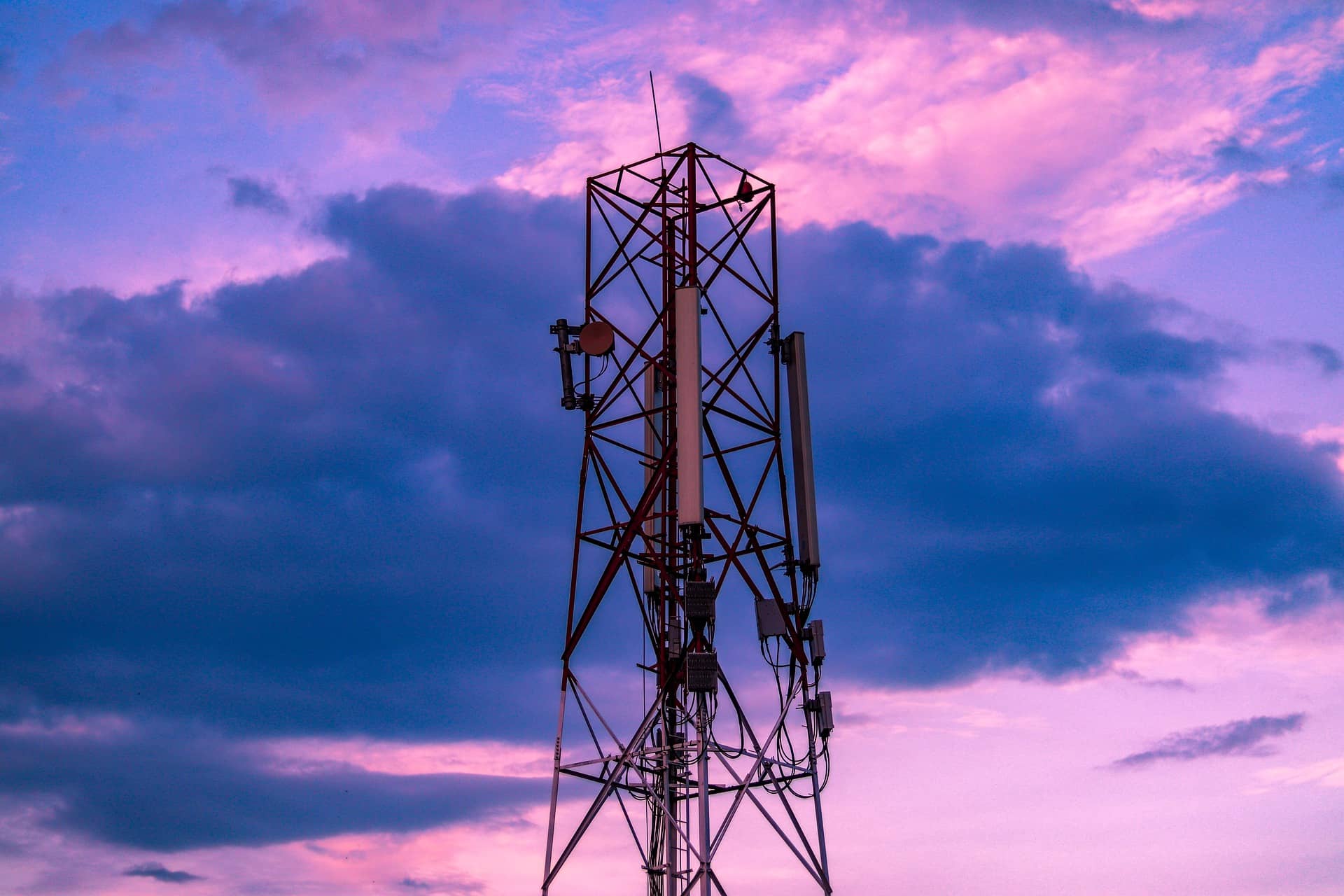
When it comes to establishing a low Earth orbit (LEO) satellite communications network, Canada-based satellite player Telesat has some catching up to do.
Elon Musk’s Starlink constellation, the largest currently deployed, already has over 2,200 devices in orbit, while the UK government-backed OneWeb’s revival from bankruptcy in 2020 has seen it go on to launch nearly 400 devices…
When it comes to establishing a low Earth orbit (LEO) satellite communications network, Canada-based satellite player Telesat has some catching up to do.
Elon Musk’s Starlink constellation, the largest currently deployed, already has over 2,200 devices in orbit, while the UK government-backed OneWeb’s revival from bankruptcy in 2020 has seen it go on to launch nearly 400 devices, around two third of its planned global constellation. Even Amazon’s long-delayed Project Kuiper will begin launching prototypes later this year, as well as announcing its first launch contracts for some of its planned 3,276 satellites.
Telesat, meanwhile, currently has just one LEO satellite in orbit. Launched in January 2018, the satellite has since been part of numerous trials and demonstrations, proving the viability of a larger constellation dubbed Lightspeed. Ultimately, they aim for the constellation to comprise 298 satellites, with the devices beginning to be launched in full in the latter half of 2025.
Commercial services are not set to begin globally until the start of 2026.
The project has considerable backing from the Canadian government, which agreed to invest $1.15 billion in the company late last year. In total, the company has received around $4 billion in investment to help advance the deployment of Lightspeed.
Now, it seems the company is already beginning the paperwork required to operate beyond the Canadian borders, applying for a spectrum licence in the UK from telecoms regulator Ofcom.
The spectrum requested from Ofcom falls in the Ka-band (27.5 GHz to 30 GHz range), theoretically giving them the ability to deliver multigigabit-speed broadband services to enterprises, as well as supporting mobile backhaul, maritime and offshore platforms, aviation, and government organisations.
Ofcom is now considering the company’s application for an Earth Station Network Licence, which would allow them to connect user terminals directly to the orbiting constellation using the spectrum in question. The regulator is inviting comments by the wider ecosystem over the next month, with a decision expected on September 12 2022.
Interestingly, this spectrum is remarkably close to that potentially used to provide mmWave 5G services, with Ofcom itself currently in the process of ironing out the details of its upcoming mmWave 5G spectrum auction. The auction will make spectrum in the 26 GHz band (24.25–27.5 GHz) and 40 GHz band (40.5–43.5 GHz) available to UK mobile operators, with the consultation period for the auction’s proposed rules ends next month. The auction itself is not expected to take place until 2024.
How will satellite broadband services reshape the connectivity landscape of the UK? Find out from the experts at this year’s live Connected Britain conference
Also in the news:
Orange targets digital divide with new digital skills centre in Brussels
Australian businesses connected in days not weeks
Startup Stories: The Belle of Belfast City

